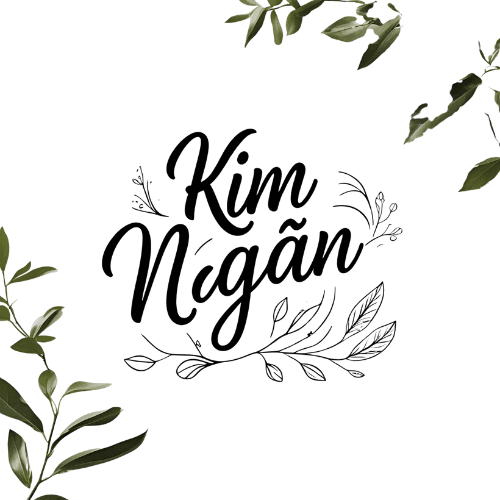Andong – Where Traditions Whisper Through Time
Andong – Where Traditions Whisper Through Time
Korea Travel – A Slow Walk Through Living Heritage. Discover Andong, Korea – a quiet town where traditions breathe through hanok houses, fermented flavors, and rivers that remember. Slow travel through living heritage.
In most cities, time moves in straight lines.
Trains arrive. Offices open. Schedules dictate the day.
But in Andong, time doesn’t move like that.
It lingers.
It folds gently into layers — like hanbok silk, or the smell of soybean paste aging slowly in clay pots.
A Morning in Hahoe Village
We arrived at Hahoe Folk Village just as the light turned golden.
The air smelled of wood smoke and river breeze.
A woman swept the stone yard in front of her hanok, her movements slow, almost meditative.
There were no loudspeakers. No ticket lines.
Only winding stone paths and roofs that curved like calligraphy.
It didn’t feel like a tourist site.
It felt like someone’s grandmother still lived here —
and was just out in the garden, letting time do its quiet work.
This was Andong Korea, where the past isn’t frozen in glass.
It breathes.
👉 It’s the kind of place that offers a true traditional Korea travel experience — slow, sincere, and silently powerful.
The Language of Fermentation
Later that morning, we visited a small family-run house that still makes doenjang (fermented soybean paste).
Rows of clay jars sat under the sun, lids slightly ajar to let air in — a patience that industrial cities have long forgotten.
The owner, a woman in her seventies, touched one of the jars with familiarity, like greeting an old friend.
She smiled when I asked how long it takes.
“Sometimes one year,” she said. “Sometimes three. It depends on the mood of the sky.”
We both laughed.
But deep down, I knew she wasn’t joking.
In Andong, tradition isn’t a performance.
It’s a rhythm — slow, imperfect, real.

Lunch Beneath a Quiet Roof
We had lunch in a hanok restaurant where shoes were left at the door.
The room was bare. No music, no Wi-Fi.
Just the creak of wooden floors and the soft clink of banchan dishes.
Andong-jjimdak arrived steaming — sweet, savory, full of home.
There was no rush to finish.
No screen to scroll.
Only the warmth of food made by hands that remembered how their mothers cooked.
This wasn’t nostalgia.
It was continuity — the way things were passed, not copied.
A Walk Along the River That Remembers
In the afternoon, we wandered down to the Nakdong River.
The water curved gently around the village, as if protecting it from forgetting.
Children in hanbok ran across the sand.
Elderly men played baduk under a tree.
Somewhere in the distance, a mask dance was being rehearsed — its rhythm ancient, its spirit still alive.
You could almost hear it —
the whisper of traditions that never asked to be noticed, only continued.
Some Places Don’t Shout. They Endure.
Andong doesn’t seduce you with bright lights or polished slogans.
It doesn’t ask for your attention.
It simply invites you to slow down long enough to hear what’s always been here.
In a world chasing the next,
Andong holds the now —
in clay jars, in curved rooftops,
in the way an old woman stirs doenjang without checking the clock.
And perhaps, in that silence,
you begin to remember your own rhythm, too.
👉 A Slow Walk in Gyeongju – Echoes from Korea’s Ancient Heart
👉 Slow Travel in Jeonju – Mornings Wrapped in Hanok Stillness
